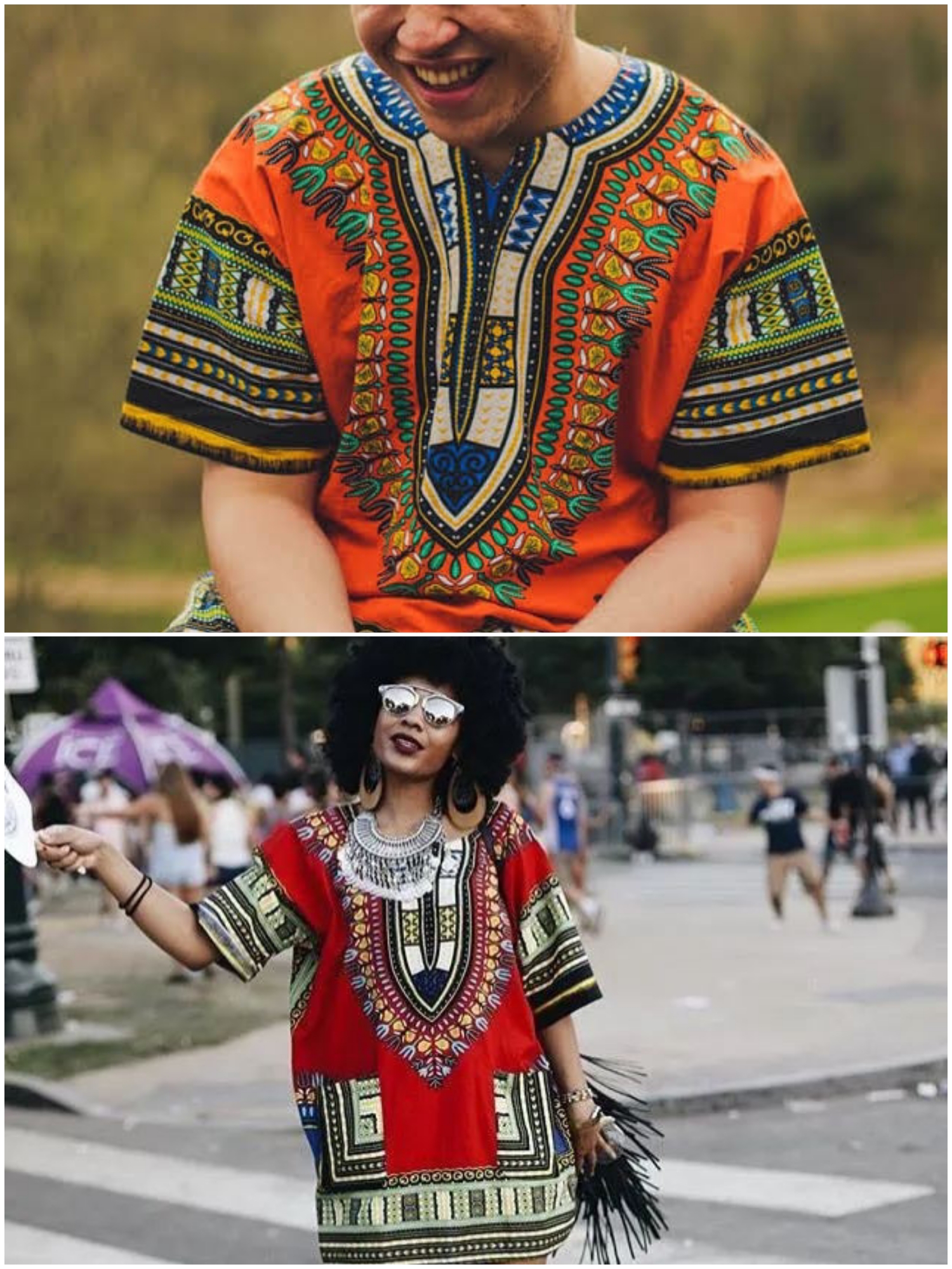Today, In this article, I’m sharing something new regarding different fashion according to their cultures and traditions in different Countries. Mostly, I’m sharing about formal wear in different Countries.
Clothes play an important role in identity all over the world and especially formal wear is strongly embedded in culture and tradition. In western culture white tie is considered formal dress code and black-tie semi-formal. Although, well, most men probably only have black-tie outfits in their wardrobe to be fair.
Africa
The dashiki is a garment mostly worn in West Africa. It is called Kitenge in East Africa and Java in Indonesia. The informal version is a loose-fitting garment, with an ornate v-neck which is commonly seen worn by Africans and people of African heritage all over the world. The formal version follows a similar silhouette, but the top is open and worn as a mid-length jacket. It is worn with tailored pants to match or contrast depending on the wearers, preference. In Islamic communities, it is often worn with a Kufi cap. Traditionally, gray dashikis are worn for weddings with black and red colors for funerals. More recently many grooms have chosen bright colors for their wedding dashiki, or black with elaborate embroidery.
India

The sherwani is a long jacket worn on formal occasions in the Indian subcontinent. The sherwani evolved from the Baraba, a Persian style of cloaks, but under colonial rule in India, it was adapted and became more European in style. It is a tailored fit with buttons down the front, usually worn with loose-fitting pants made of light material. The pants vary according to location but follow a similar pattern. Indian brides wear a long embroidered frock called a lehenga with a fully designed long dupatta and deep neck blouse.
China

Dating back as far as the late Zhou Dynasty (1046–221 BC) the shenyi was a one-piece garment with a square silhouette. It was adopted as a formal dress by the Han Dynasty (206 BC – 220 AD) and its influence is clearly visible in modern Chinese formal wear. The modern Tang suit is tailored and slim fitting but bears the same smart look and is often bock color with embroidery. The Tang suit jacket is a cross between a shirt and a jacket. For a full jacket, the Mao suit would be chosen. This is generally more conservative in color. Either would be paired with tailored pants.
Japan

The kimono, a robe traditionally worn for formal occasions in Japan, is free-flowing and resembles a full-length jacket. It is still popular among Japanese grooms but for other formal occasions has been replaced by a western-style suit. Women still wear kimonos for formal occasions.
The timeline of formal fashion across the world is very similar. The modern western suit evolved from European court dress which was brightly colored and more elaborately detailed but bore essentially the same silhouette. And in other cultures too, the flowy, colorful formal wear has adapted to be more suit-like while maintaining its own cultural integrity.
By Komal
Recommended1 recommendationPublished in Bridal, celebrity fashion, Our Fashion Passion, Pop Fashion



